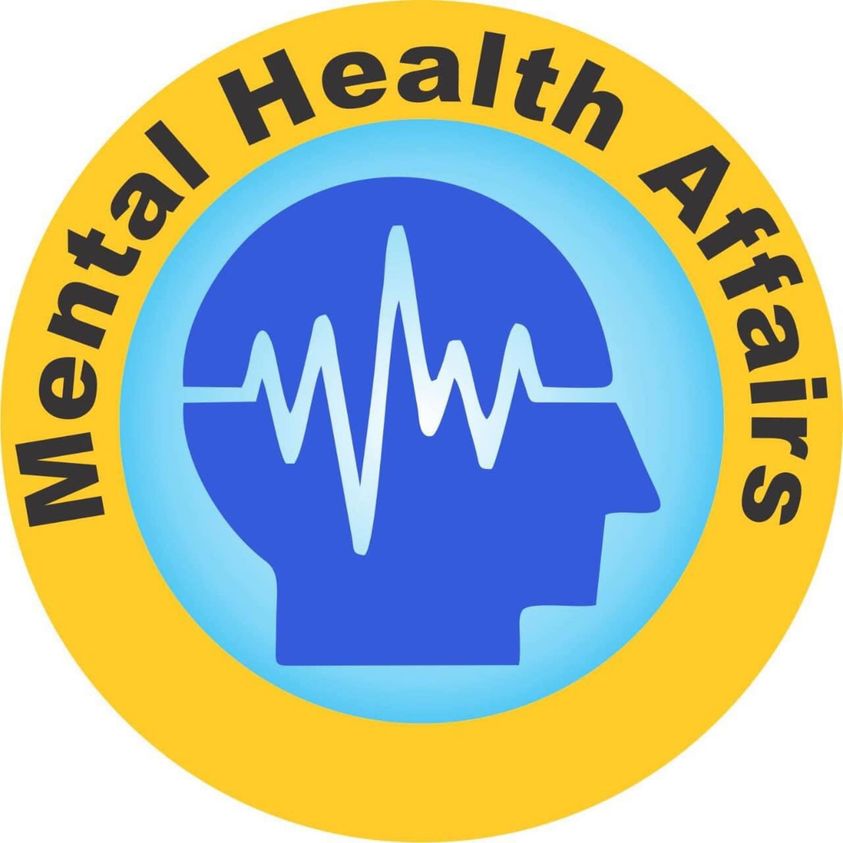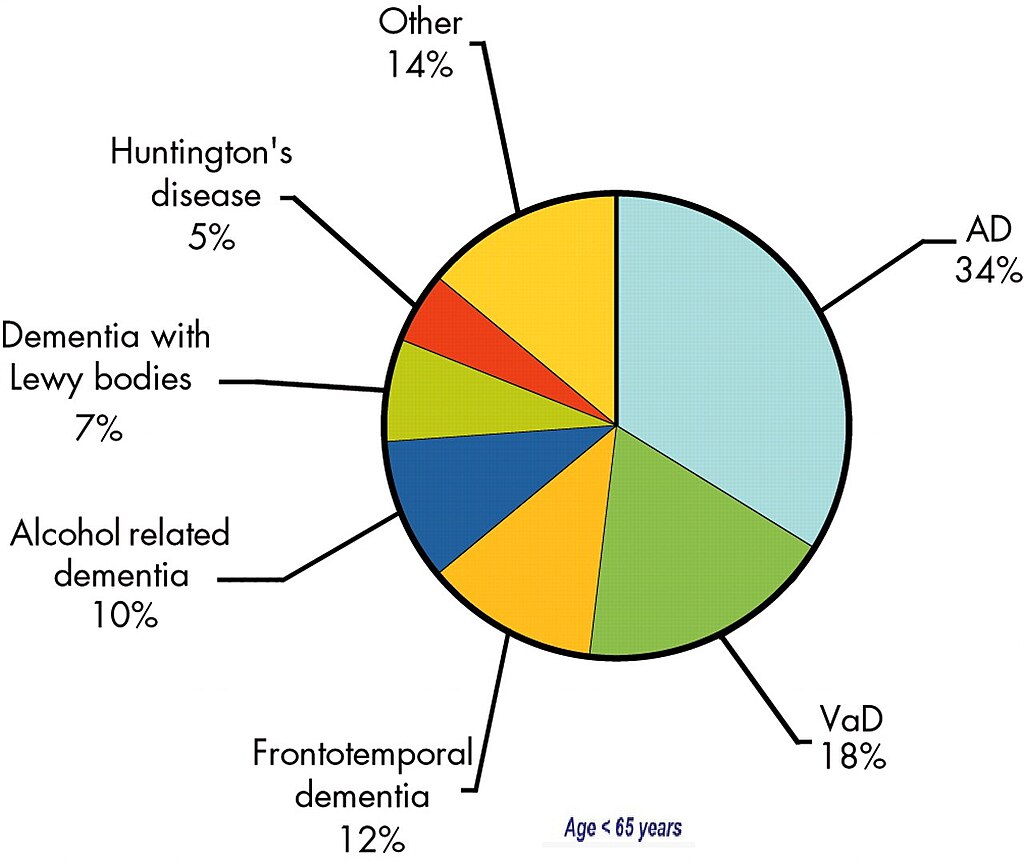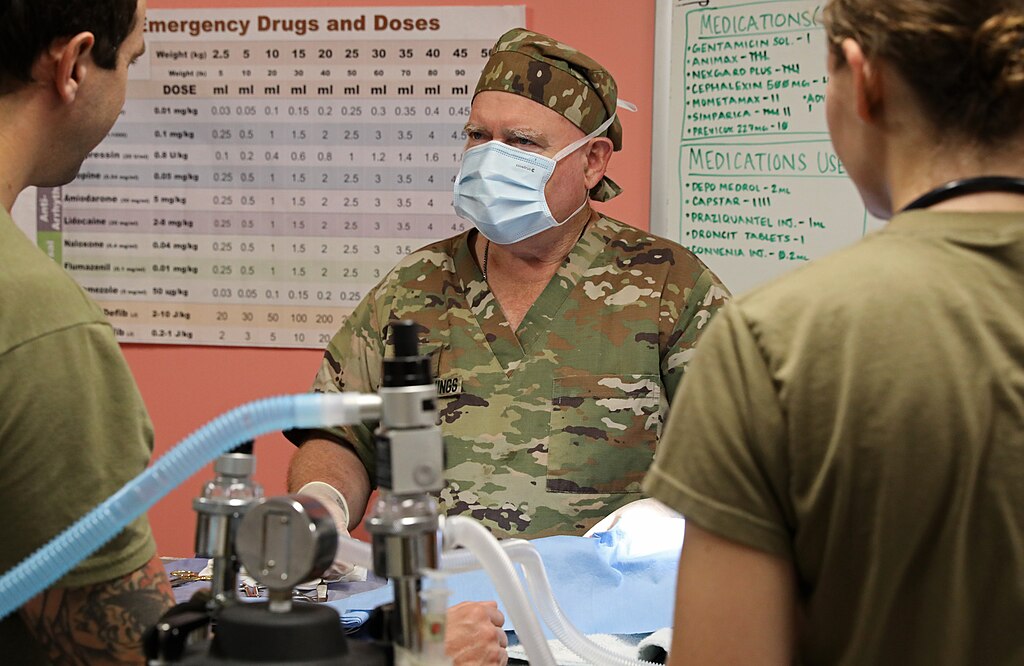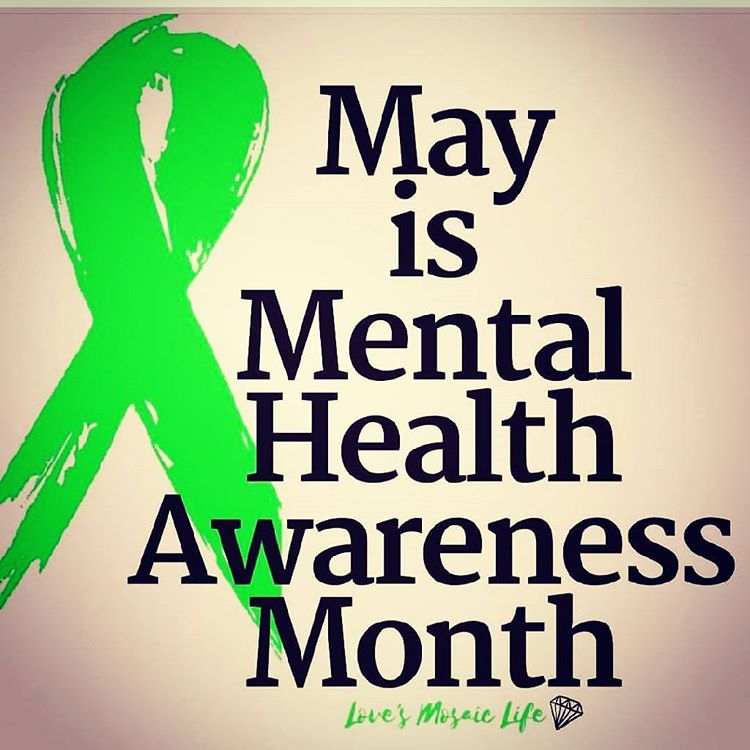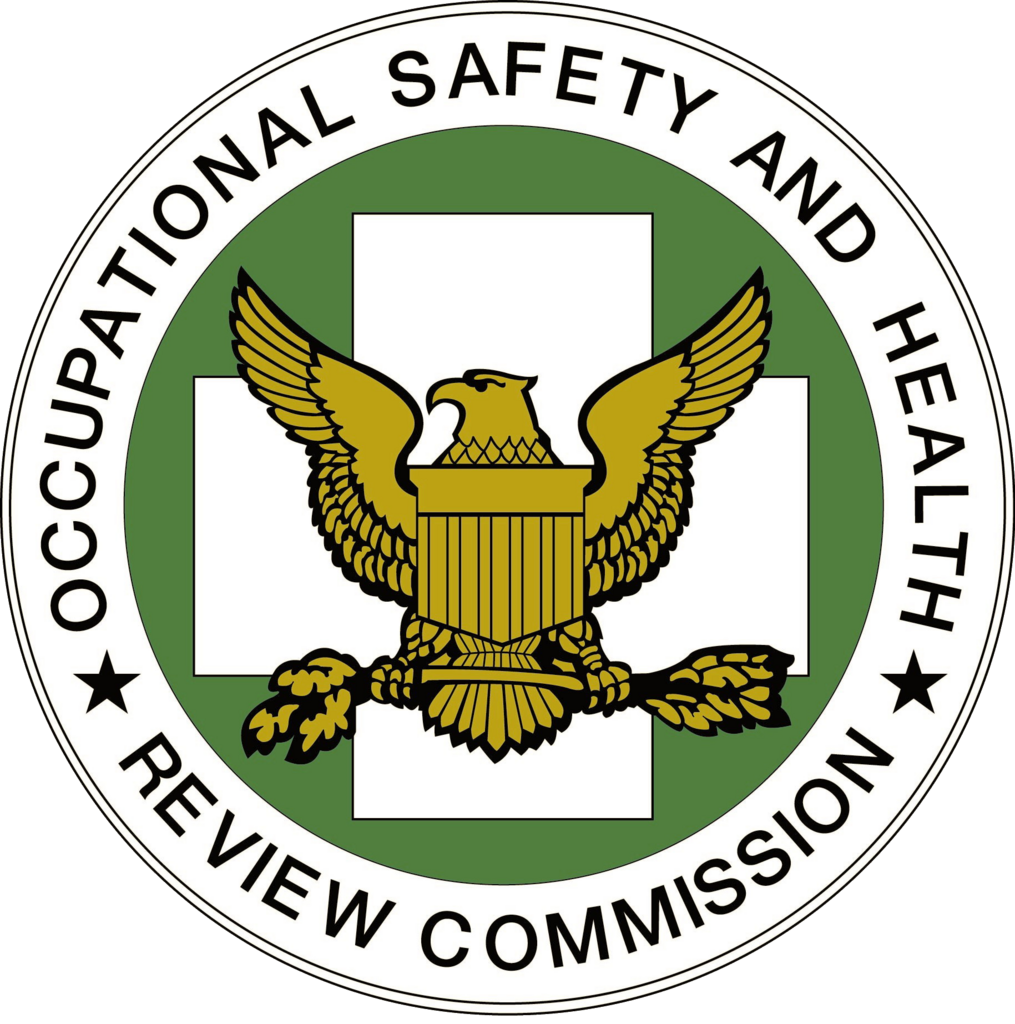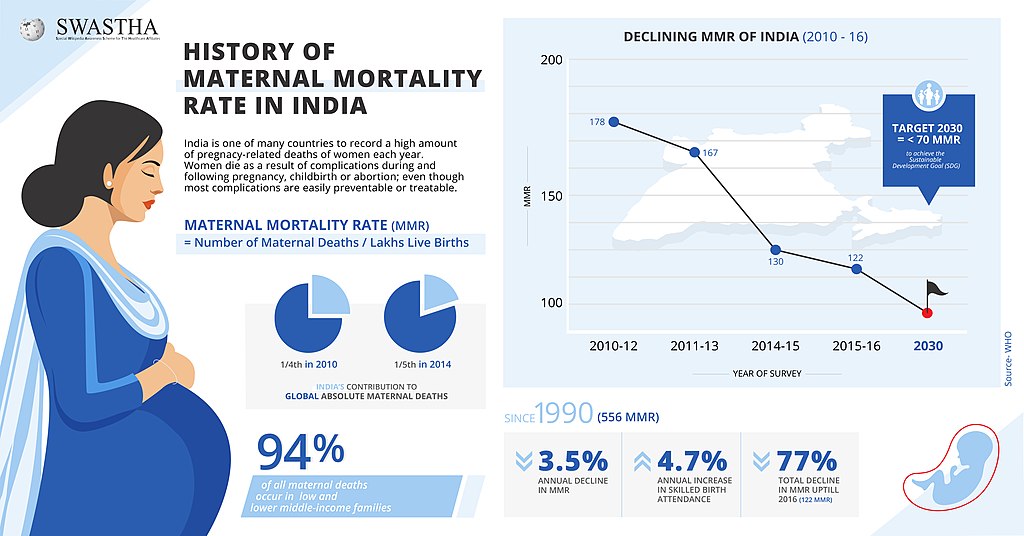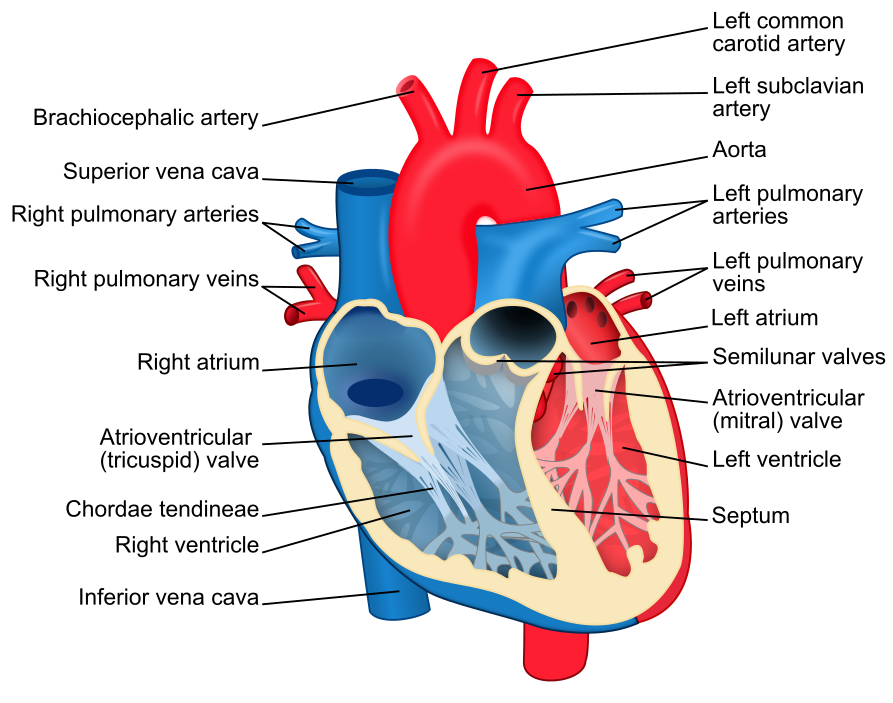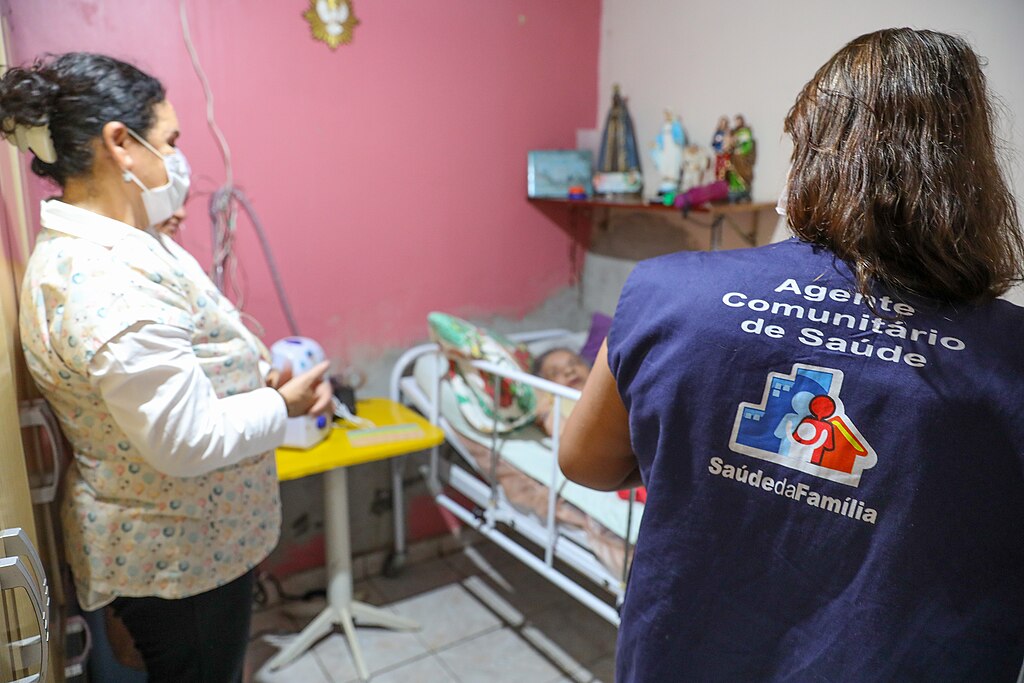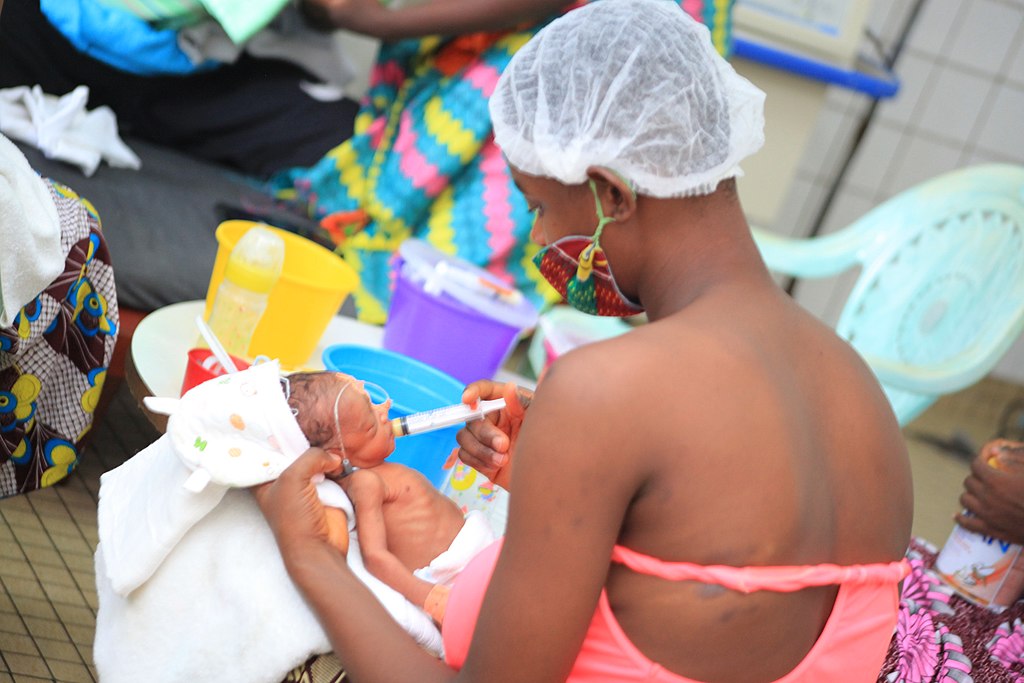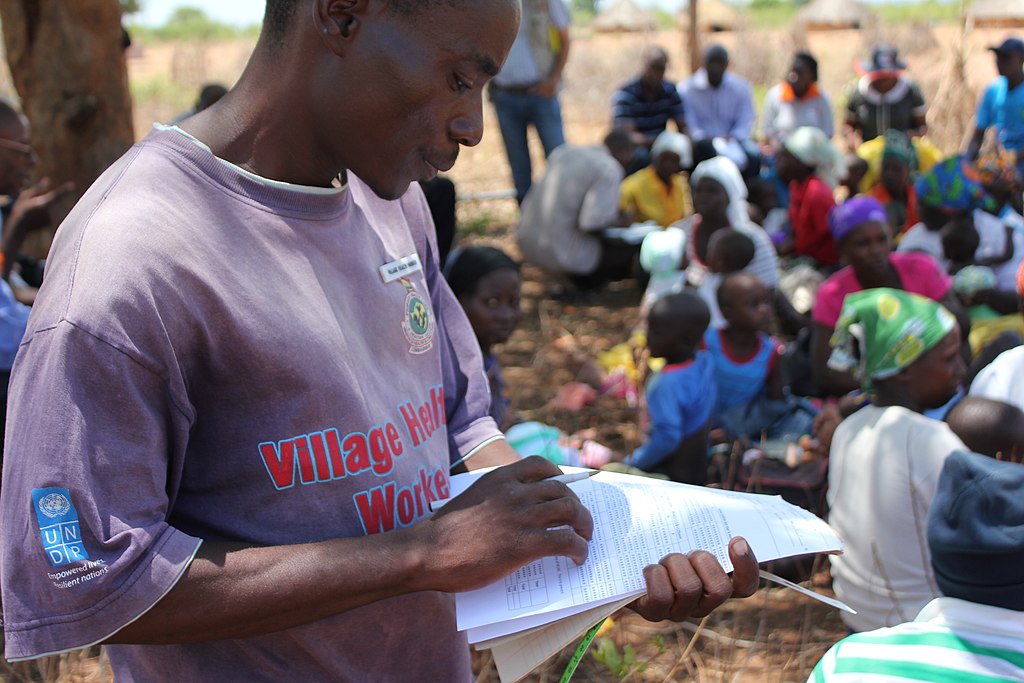
Health Records and Information Management (HRIM) is a specialized course that trains students to manage patient data, health information systems, and digital records to support clinical care, research, and health policy.
🗂️ Course Syllabus: Health Records and Information Management
📘 Course Description
This course equips learners with the knowledge and practical skills to collect, organize, analyze, and secure health data in various healthcare settings. It emphasizes the use of technology in managing health records, ensuring data quality, confidentiality, and compliance with legal and ethical standards. Graduates are prepared to support decision-making, improve service delivery, and contribute to health system strengthening.
🎯 Learning Objectives
By the end of the course, students will be able to:
-
Understand the principles of health records and information systems.
-
Apply data management techniques in clinical and public health settings.
-
Ensure accuracy, confidentiality, and security of patient records.
-
Use health information for planning, monitoring, and evaluation.
-
Implement electronic health records (EHR) and digital health tools.
📚 Course Content Outline
| Module | Topics |
|---|---|
| 1 | Introduction to Health Records and Information Management |
| 2 | Health Data Collection and Classification |
| 3 | Medical Terminology and Coding Systems (e.g., ICD-10) |
| 4 | Health Information Systems and Technologies |
| 5 | Data Quality Assurance and Validation |
| 6 | Legal and Ethical Issues in Health Information |
| 7 | Electronic Health Records (EHR) and Digital Documentation |
| 8 | Data Analysis and Reporting |
| 9 | Health Statistics and Epidemiological Applications |
| 10 | Records Storage, Retrieval, and Archiving |
| 11 | Confidentiality, Privacy, and Data Protection |
| 12 | Health Information for Decision-Making and Policy |
| 13 | Monitoring and Evaluation of Health Programs |
| 14 | Leadership and Management in HRIM |
| 15 | Fieldwork and Practical Attachments |
Sources: , ,
🧪 Teaching Methods
-
Lectures and tutorials
-
Computer lab sessions
-
Field attachments and hospital rotations
-
Group projects and case studies
📝 Assessment Methods
-
Written exams and quizzes
-
Practical assignments and demonstrations
-
Group presentations
-
Final project or internship report
📖 Recommended Readings
-
Health Information Management Technology by Nanette Sayles
-
WHO and Ministry of Health guidelines on health data systems
-
ICD-10 coding manuals and health statistics handbooks
- Teacher: Admin User

